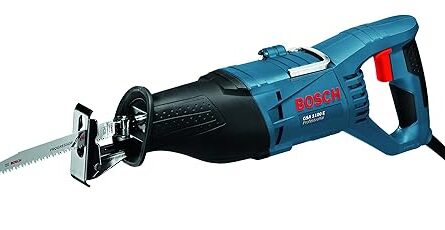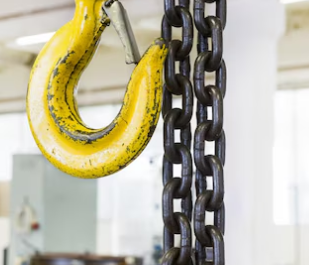
Introduction
Fire extinguishers are critical tools for fire safety. They are the first line of defense in case of a fire emergency and can prevent small fires from escalating into large, uncontrollable blazes. However, the effectiveness of a fire extinguisher largely depends on the user’s ability to use it correctly. This safety talk will cover the types of fire extinguishers, when and how to use them, and important safety precautions.
Types of Fire Extinguishers
Fire extinguishers come in different types, each designed to fight specific classes of fires. Understanding the different types is crucial for choosing the right extinguisher in an emergency.
1. Class A: These extinguishers are for ordinary combustible materials such as wood, paper, and cloth. They use water or a dry chemical agent to smother the fire.
2. Class B: Designed for flammable liquids like gasoline, oil, and grease, Class B extinguishers usually contain foam, carbon dioxide (CO2), or dry chemicals.
3. Class C: These are used for electrical fires. Since water conducts electricity, Class C extinguishers contain non-conductive agents like CO2 or dry chemicals.
4. Class D: For fires involving flammable metals, these extinguishers contain a dry powder that isolates and absorbs heat from the metal fire.
5. Class K: Specifically for kitchen fires involving cooking oils and fats, Class K extinguishers use a special wet chemical to cool the fire and prevent re-ignition.
Some fire extinguishers are labeled as multi-purpose, such as ABC extinguishers, and can be used on multiple types of fires. Always check the label before using an extinguisher to ensure it is appropriate for the fire you’re facing.
When to Use a Fire Extinguisher
Not every fire should be fought with a fire extinguisher. It’s essential to assess the situation before deciding to use one. Here are some guidelines:
– Small Fires: If the fire is small and contained (e.g., in a wastebasket), a fire extinguisher can be effective.
– Escape Route: Ensure you have a clear path to escape. If the fire grows or you cannot control it, leave immediately.
– Proper Equipment: Only use a fire extinguisher if you have the right type for the fire. Using the wrong type can make the fire worse.
– Confidence and Knowledge: Only use an extinguisher if you know how and feel confident doing so. Otherwise, evacuate the area and call the fire department.
How to Use a Fire Extinguisher: The PASS Method
Using a fire extinguisher is straightforward if you remember the PASS method:
1. Pull the Pin: This unlocks the operating lever and allows you to discharge the extinguisher. Some extinguishers may require you to remove a safety cap or release a locking mechanism.
2. Aim Low: Point the nozzle or hose at the base of the fire, not at the flames. This is crucial because you need to target the fuel source to extinguish the fire effectively.
3. Squeeze the Lever: Squeeze the handle or lever to release the extinguishing agent. Be prepared for the force of the discharge.
4. Sweep from Side to Side: Move the nozzle or hose from side to side at the base of the fire until it is completely extinguished. Continue to monitor the area in case the fire reignites.
Safety Precautions
Even with proper usage, fire extinguishers carry risks. Here are some safety tips to keep in mind:
– Know Your Extinguishers: Familiarize yourself with the location, type, and operation of fire extinguishers in your workplace or home.
– Regular Inspections: Ensure that fire extinguishers are regularly inspected and maintained. Check the pressure gauge to ensure it’s in the operable range, and look for any physical damage or obstructions.
– Personal Safety First: Never attempt to fight a fire if you’re not confident, if the fire is too large, or if there is too much smoke. Evacuate and call the fire department.
– Beware of Toxic Fumes: Some extinguishing agents can produce toxic fumes. Use them in well-ventilated areas and evacuate immediately after the fire is out.
– Recharge After Use: Even if a fire extinguisher is only partially used, it needs to be recharged or replaced immediately. Don’t put it back in service until it’s ready to be used again.
Conclusion
Fire extinguishers are invaluable tools in fire safety, but their effectiveness depends on proper knowledge and usage. Always remember to assess the situation, use the correct type of extinguisher, and follow the PASS method. Most importantly, prioritize your safety and the safety of others by knowing when to evacuate and call for professional help. Regular training and familiarization with fire extinguishers can make all the difference in an emergency.



